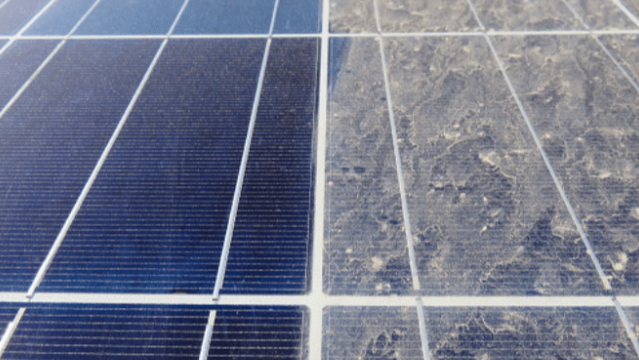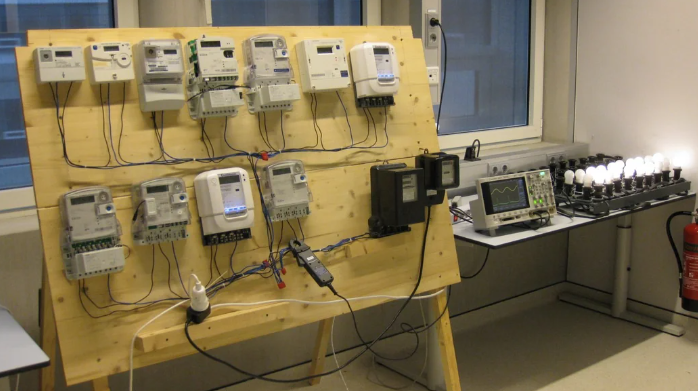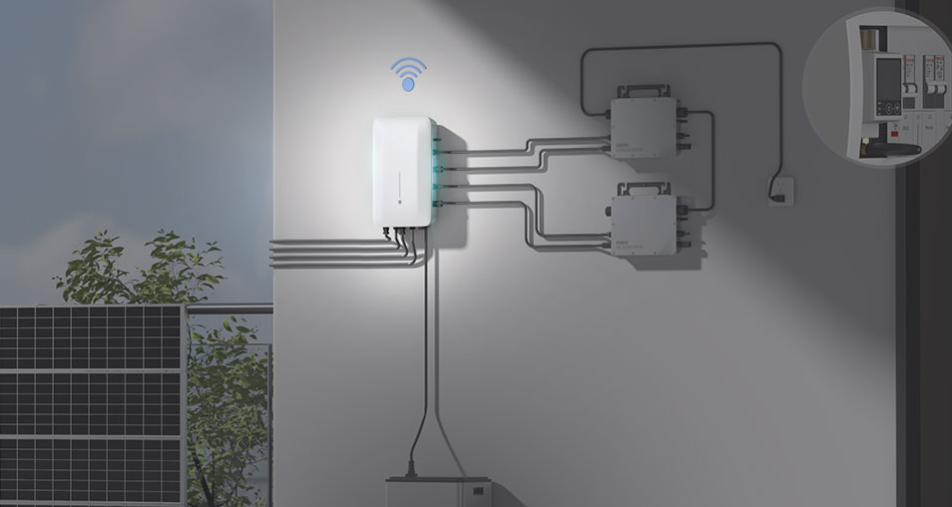Common Issues and Repair Methods for Your Solar Power Meter
The demand for solar energy continues to rise globally, driven by its sustainability, cost-efficiency, and environmental benefits. Solar power systems are becoming an integral part of residential and commercial setups, and as such, accurate measurement and monitoring are essential. The solar power meter is a key component in ensuring that your solar system operates optimally. It helps monitor how much energy your solar panels are producing, allowing you to make adjustments to optimize performance. However, like any device, solar power meters can face issues from time to time. In this blog, we’ll cover common problems that users may encounter with their solar energy meters and provide repair methods to get them back on track.
1. Understanding the Solar Power Meter
Before diving into common issues, it’s important to understand the functionality of a solar power meter. This device is used to measure the energy output of solar panels and monitor the performance of solar systems in real-time. The solar power meter collects and displays information about solar energy generation, allowing users to track their system’s efficiency and output.
There are different types of solar power meters, including solar panel meters, solar energy meters, and solar power monitors. While they all serve the same purpose of measuring solar energy, they may vary in features such as precision, interface, and connectivity. For example, a solar energy meter may focus more on real-time monitoring and energy consumption, while a solar panel meter may offer more detailed insights into each individual panel’s performance.
2. Common Problems with Solar Power Meters
Despite their robust design and reliability, solar power meters can face a variety of issues that might interfere with their ability to accurately measure and display solar energy data. Let’s take a look at some of the most common problems:
a. Inaccurate Readings
Inaccurate readings are one of the most common issues faced by users of solar power meters. This can be caused by various factors, such as:
Poor connections: Loose or corroded wiring connections can cause data transmission errors between the meter and the solar panels.
Faulty calibration: A solar power meter may need recalibration to ensure accurate readings, especially if it has been in use for an extended period.
Software glitches: If the solar power monitor uses an app or digital interface, software bugs or outdated software can cause incorrect data readings.
b. No Display or Power Failure
Another common issue is a solar power meter that does not display any data, or turns off completely. This issue can be caused by:
Battery failure: If the meter is battery-powered, the battery may be dead or improperly installed.
Fuse burnout: A blown fuse can result in the meter losing power and ceasing to display readings.
Disconnected wires: Loose or disconnected wires can also prevent the meter from turning on or displaying data.
c. Inconsistent Monitoring
Some users report issues with their solar panel meter showing inconsistent or fluctuating readings. This can result from several factors:
Dirty solar panels: Dust, dirt, or debris on the solar panels can obstruct sunlight and cause inaccurate readings.
System overload: If the solar system is overloaded, the solar energy meter may struggle to provide accurate data.
Shading or weather conditions: Excessive shading or weather changes can cause discrepancies in energy output.

3. How to Repair and Fix Common Issues
Now that we’ve highlighted the common issues that users may face with their solar power meters, let’s dive into how to fix them.
a. Fixing Inaccurate Readings
If your solar energy meter is showing inaccurate readings, the following solutions can help:
Check the connections: Make sure all wires and connections are secure and free of corrosion. If you notice any damage, replace the wiring or terminals.
Recalibrate the meter: Most solar power meters require occasional recalibration. Consult the user manual or contact the manufacturer for guidance on how to recalibrate your device.
Update the software: If the meter uses an app or digital interface, ensure that the software is up to date. Manufacturers often release updates to fix bugs or improve functionality.

b. Fixing No Display or Power Failure
If your solar power meter is not displaying data or shuts off unexpectedly, you can try the following:
Replace the battery: If your meter is battery-powered, replace the battery with a new one. Always use the correct type of battery as specified by the manufacturer.
Inspect the fuse: Check the fuse for any signs of damage. If it is blown, replace it with a new one that matches the specifications of your meter.
Check the wiring: Inspect all the wires connected to the meter and ensure they are secure and free from damage. Loose connections can prevent the meter from working properly.
c. Fixing Inconsistent Monitoring
To solve issues related to inconsistent readings on your solar panel meter, consider the following steps:
Clean the solar panels: Clean your panels regularly to remove any dirt, dust, or debris that may obstruct sunlight. This will help improve the accuracy of your readings.
Balance the load: If the system is overloaded, disconnect unnecessary devices to balance the load. Overloading can lead to fluctuating readings on your solar power monitor.
Check for shading: Make sure there are no obstructions casting shadows on your solar panels. Regularly inspect the placement of the panels to ensure they are exposed to the maximum amount of sunlight.
4. The Benefits of Using Mushroom Solar Power Meter
The Mushroom Solar Power Meter is a reliable and precise tool for monitoring the energy production of your solar system. This device is designed to provide real-time insights into your system’s performance, helping you optimize energy production and reduce waste. Whether you need to measure output from individual panels or the entire system, the Mushroom Solar Power Meter offers a comprehensive solution for your solar energy monitoring needs.

With advanced features, including high-precision sensors and easy-to-read displays, the Mushroom Solar Power Meter is an excellent choice for residential, commercial, and industrial applications. By providing accurate readings, it allows users to detect inefficiencies and take immediate corrective actions.
Learn more about the Mushroom Solar Power Meter here.
5. Regular Maintenance Tips for Your Solar Power Meter
Maintaining your solar power meter is crucial for ensuring accurate readings and extending the life of your device. Here are some tips for regular maintenance:
Inspect connections regularly: Ensure that all connections are tight and free from corrosion or damage.
Keep the meter clean: Regularly clean the exterior of the meter to remove dust and dirt that may affect its functionality.
Calibrate periodically: Recalibrate the meter every 6 to 12 months or as recommended by the manufacturer to maintain accuracy.
Monitor the weather: Keep an eye on weather conditions that could affect the efficiency of your solar panels, such as heavy rain or snow.
6. Conclusion
Your solar power meter is a crucial tool for monitoring the energy output of your solar panels and ensuring that your system is functioning optimally. By understanding the common issues that can arise with these devices and learning how to repair them, you can ensure that your system runs efficiently. The Mushroom Solar Power Meter offers a high-quality, reliable solution for accurate solar energy monitoring.
For more information on the Mushroom Solar Power Meter and its benefits, click here.
If you want to know more about solar power meter, please click the follows:
① Why the Mushroom Solar Power Meter is Essential for Accurate Solar Power Monitoring
② Solar Power Meter Buying Guide: How to Choose the Right Solar Meter for Your Needs
③ Understanding the Principles of Solar Power with the Solar Power Meter


